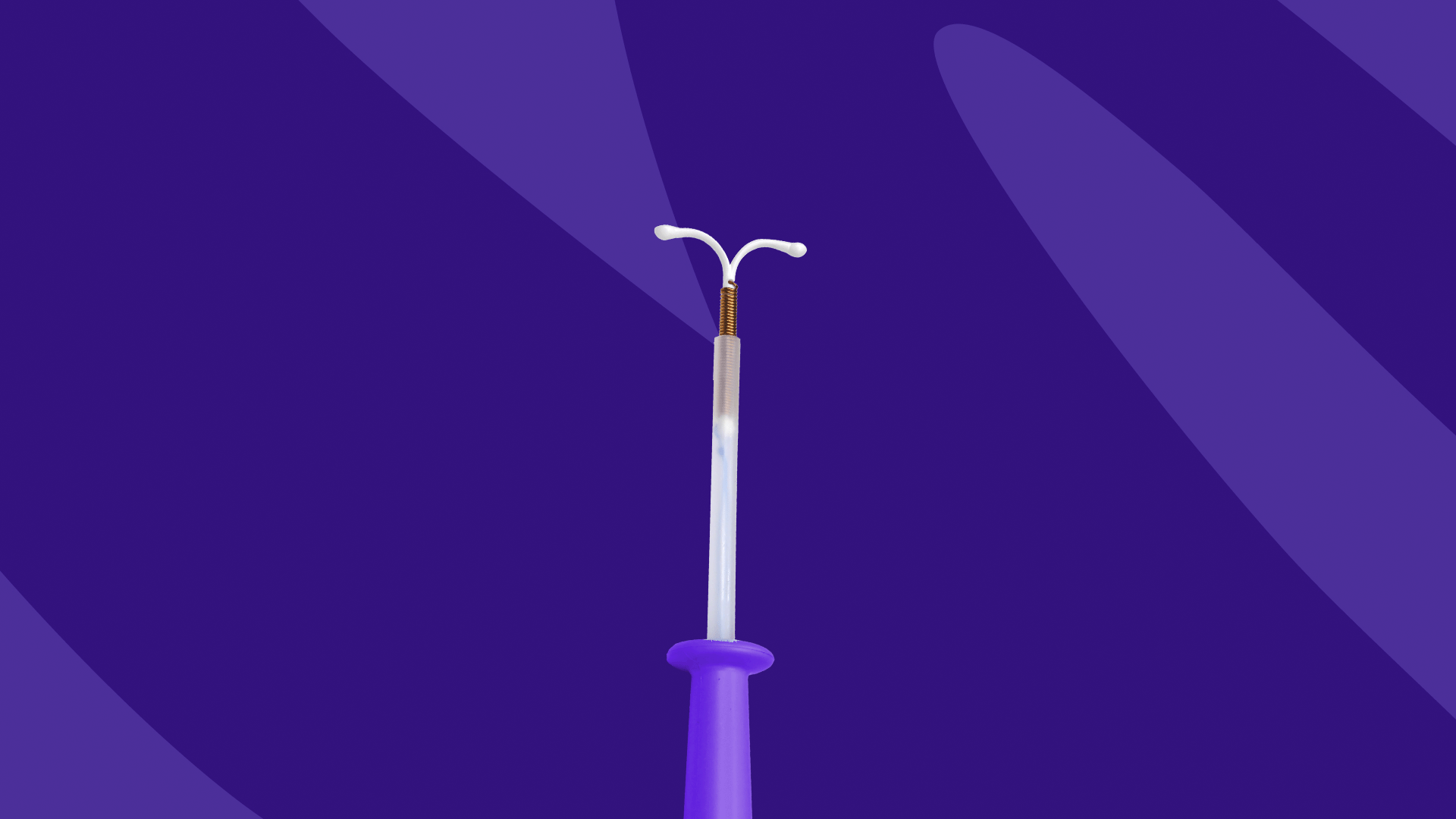Is Mirena covered by insurance | How much does Mirena cost without insurance? | How to get Mirena without insurance
Mirena is a brand-name prescription women’s progestin-releasing intrauterine device (IUD) that provides long-acting birth control for up to seven years. It is also the only IUD approved by the FDA to prevent heavy or prolonged menstrual bleeding (in addition to preventing pregnancy) for up to seven years. The Mirena device prevents pregnancy by steadily releasing a progestin hormone, levonorgestrel, which blocks monthly ovulation and changes the cervical mucus and uterine lining to prevent sperm movement and egg attachment. The Mirena device must be implanted in the uterus by a healthcare professional. The total cost for the device, implantation, and IUD removal can be expensive, but women without insurance have several alternatives for saving money.
Is Mirena covered by insurance?
Some health insurance plans require patients to pay for part or all of the cost of the IUD device or necessary procedures. Other insurance companies may require pre-approval. Medicare very rarely covers any of the cost of an IUD or IUD procedure even for patients of child-bearing age.
How much does Mirena cost without insurance?
People without insurance will pay about $1,303 for just the Mirena device at its full retail price. Mirena provides birth control for up to seven years, and so the average annual cost works out to $186. That’s about $15 per month if the device remains in place for the full seven years. Uninsured women using Mirena for both birth control and heavy menstrual bleeding could pay more.
There are three other FDA-approved hormonal IUDs: Skyla, Kyleena, and Liletta. However, these IUDs are implanted for shorter durations, so their average yearly cost is either comparable to or higher than Mirena. Women can, however, choose to use a non-hormonal IUD. There is one other FDA-approved type of IUD that does not release hormones: Paragard, a copper IUD. It can remain in the uterus for up to ten years to physically prevent pregnancy. All IUDs are highly regulated medical devices, so there are no cheaper generic or over-the-counter IUDs that can be used instead of brand-name IUDs.
There are alternatives to hormonal IUDs that are less expensive. These include birth control pills, implants, transdermal patches, hormone shots, vaginal rings, and barrier contraception. Not all are as reliable at preventing pregnancy as hormonal IUDs, but combination birth control pills and hormonal implants are, like hormonal IUDs, more than 99% effective at birth control. Ask a healthcare professional for medical advice or additional information about other types of birth control before making a decision.
Compare Mirena prices to related drugs |
||||
|---|---|---|---|---|
| Drug name | Price without insurance of brand-name drug | Yearly cost | SingleCare price | Savings options |
| Hormonal intrauterine devices | ||||
| Mirena (levonorgestrel IUD) | $1,303 for 1, 1 Intrauterine Device |
$186 per year (7 years) |
$1,046 for 1, 1 Intrauterine Device for brand-name Mirena |
See updated prices |
| Liletta (levonorgestrel IUD) |
$1,174 for 1, 1 Intrauterine Device |
$195 per year (6 years) |
$847 for 1, 1 Intrauterine Device for brand-name Liletta |
See updated prices |
| Kyleena (levonorgestrel IUD) |
$1,402 for 1, 1 Intrauterine Device |
$280 per year (5 years) |
$1,046 for 1, 1 Intrauterine Device for brand-name Kyleena |
See updated prices |
| Skyla (levonorgestrel IUD) | $1,302 for 1, 1 Intrauterine Device |
$434 per year (3 years) |
$872 for 1, 1 Intrauterine Device for brand-name Skyla |
See updated prices |
| Non-hormonal intrauterine devices | ||||
| Paragard (copper IUD) | $1,123 for 1, 1 Intrauterine Device |
$113 per year (10 years) |
$938 for 1, 1 Intrauterine Device for brand-name Paragard |
See updated prices |
Prescription drug prices often change. These are the most accurate medication prices at the time of publishing. The listed price without insurance references the price of brand-name drugs. The listed SingleCare price references the price of generic drugs if available. Click the link under “Savings options” to see updated drug prices.
How to get Mirena without insurance
Although the average monthly cost is low, paying for a birth control device without insurance coverage can be challenging. Even with insurance, an IUD may not be affordable depending on the health insurance plan and the individual. The good news is that there are several ways to make the cost of the device and the procedures more affordable. Manufacturers frequently offer patient assistance programs and may even have manufacturer coupons. However, not everyone will meet the eligibility requirements. There are other ways to save money on Mirena starting with a SingleCare savings card. Keep in mind, however, that the device will not always be purchased at a local pharmacy. Sometimes it will be ordered from a specialty pharmacy by the clinic or the gynecologist performing the insertion.
1. Purchase Mirena with a SingleCare discount card
Visit the Mirena coupon page to download a savings coupon that can be used to purchase a device at participating local pharmacies. This coupon could reduce the monthly cost of a Mirena IUD to only $12, but you will need to finance the necessary medical procedures.
2. Consider Medicaid
Depending on the state, Medicaid will cover the entire cost of an intrauterine device like Mirena. There are income eligibility requirements, so check with your state’s Medicaid website for eligibility and enrollment information.
3. Look up local 340B providers
340B providers are hospitals, clinics, and other healthcare providers that are federally approved to provide safety-net healthcare services. These providers can purchase drugs and medical devices from the federal government at steeply discounted prices, including some brands of hormonal IUDs. You may be able to get a hormonal IUD for as little as $50. If you think you qualify, call your city or county’s health department for a list of local 340B providers.
4. Visit a Planned Parenthood clinic
Planned Parenthood clinics offer birth control clinical services including IUD insertions and removals. Depending on their income, uninsured patients may be provided a discount on the IUD and the medical procedures.
5. Visit a community health or women’s health clinic
Community health clinics, nonprofit health clinics, women’s health clinics, and community reproductive health centers offer lower-cost clinical services, drugs, and medical devices. Some will provide clinical services and an IUD for a single low fee. Contact a local health department for public clinics or other low-cost health services in your area.
6. Ask the prescribing healthcare provider about other types of birth control
There are birth control alternatives to hormonal IUDs. Some, however, are not as effective or reliable as Mirena and similar devices, but they can be considerably less expensive or even free. Ask first about a non-hormonal IUD. Though still pricey, it’s about half the monthly cost of a hormonal IUD.
7. Shop pharmacies for the lowest price
If you’re forced to pay full price for a Mirena device, the best advice is to shop around for the lowest price. Combined with a SingleCare discount card, finding the best price could save several hundred dollars.











